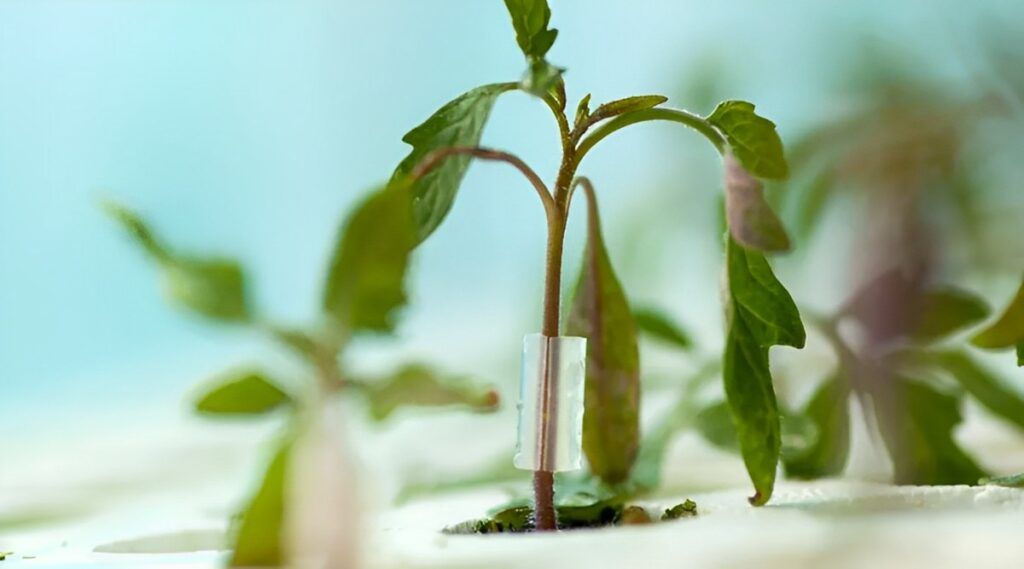Grafting clip

Abstract
Despite its early development, the splicing graft technique has quickly emerged as the most popular grafting technique for solanaceae, particularly tomato. To ensure adequate bonding and promote wound healing, practically everyone now uses standardized plastic or silicone grafting clips with manipulating wings and a frontal aperture. Numerous factors, including the seedling varieties joined, climatic circumstances, pre- and post-graft care, cutting point, and cutting angle, can determine whether grafting is successful or unsuccessful.
among other things, substrate water content, blade edge, or clips. In this study, many graft assembly and coupling technique choices were assessed. After researching the various viable options for grafting with a robotic system, two joining order modes were examined. It has been demonstrated that joining the graft seedlings first and then applying the grafting clip to ensure their union results in 20% more successes being recorded. Additionally, we looked at the various orientation options for the cutting line and the seedling union in relation to the clip opening. We found that grafts where the splice-union cutting line between the two plants faced the clip opening had around 10% more success.
1. Introduction
In response to laws that have chosen to gradually remove chemical disinfectants like methyl bromide from the soil, which have extremely detrimental impacts on the environment and whose use is currently restricted [10,11], the use of grafting is urged and promoted. This ban is a result of rising social consciousness as well as growing enthusiasm for establishing organic and integrated agriculture. Although the primary goal of using this technique is still to combat and resist viral illnesses and soil pests today [12], there are other justifications and unique features.
2. Materials and Methods
An automated experiment was created to synchronize the work processes and, as far as possible, prevent variance in the obtained findings. This was done in order to study the impact of the various seedling grafting procedures on the success of the grafting process.
3. Results and Discussion
Six potential job alternatives were assessed using the given methodologies. In the current study, there were two stages to the data analysis process: Analyzing the grafts’ success using various methodologies has been a part of the trials’ evaluation on the one hand, and studying the potential reasons for failure on the other. In order to avoid relying solely on the outcomes of this component, seedlings were manually chosen and matched based on stem thickness. The seedlings were mechanically sliced, and then they were placed where the robots could grab them and guide the displacements to the point of completion of the graft. When the experimental findings are analyzed, it becomes clear that both factors—the arrangement of the stems during assembly and their orientation within .
4. Conclusions
To sum up, we can state that joining the grafting plants together first and then fitting the grafting clips to ensure their bonding results in a 20% more successful robotic grafting operation than prepositioning the grafting clip and inserting both plants. In addition, when comparing the various options for aligning the cutting line of the seedling union with the grafting clip opening, we find that when the bevel cutting line is oriented perpendicular to the clip opening as opposed to when the rootstock or scion is oriented toward the clip opening, grafting success rates are 10% higher. These results for the different joining and orientation approaches demonstrate that they are equivalent when combined with one another and when taken independently.


